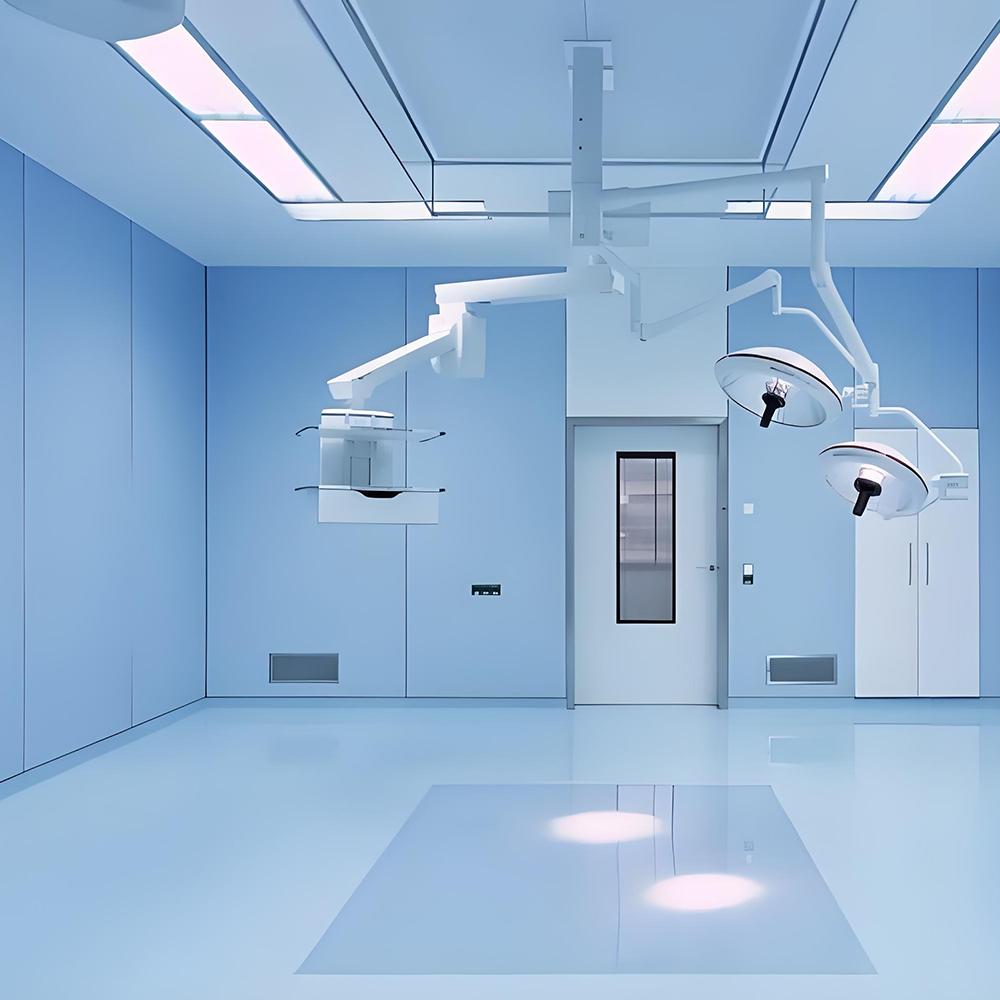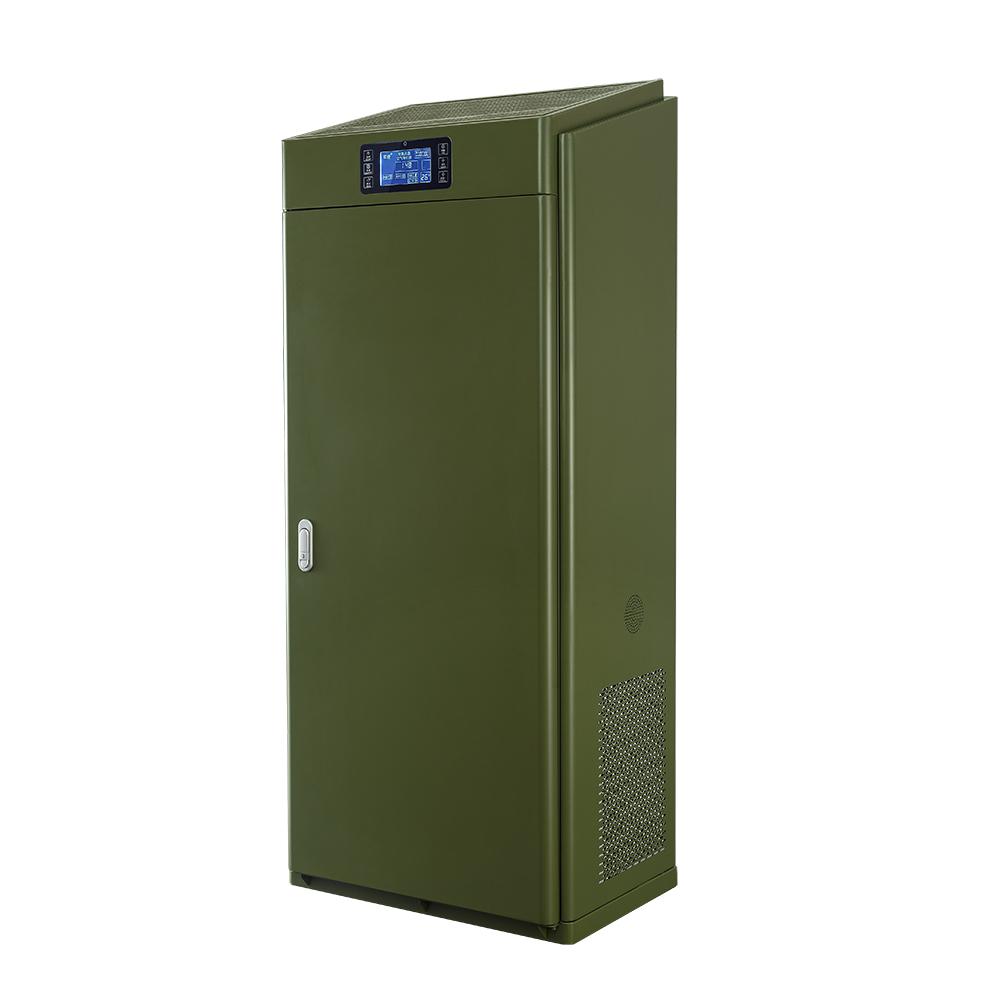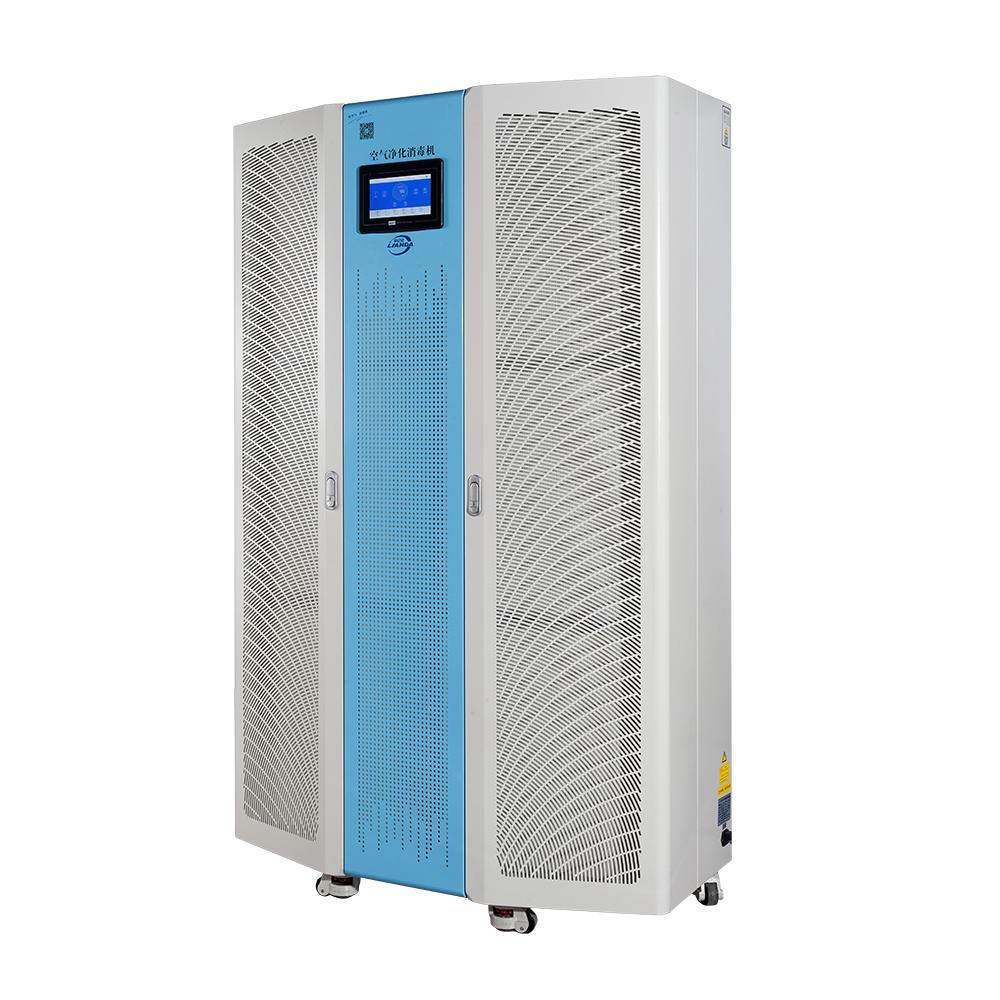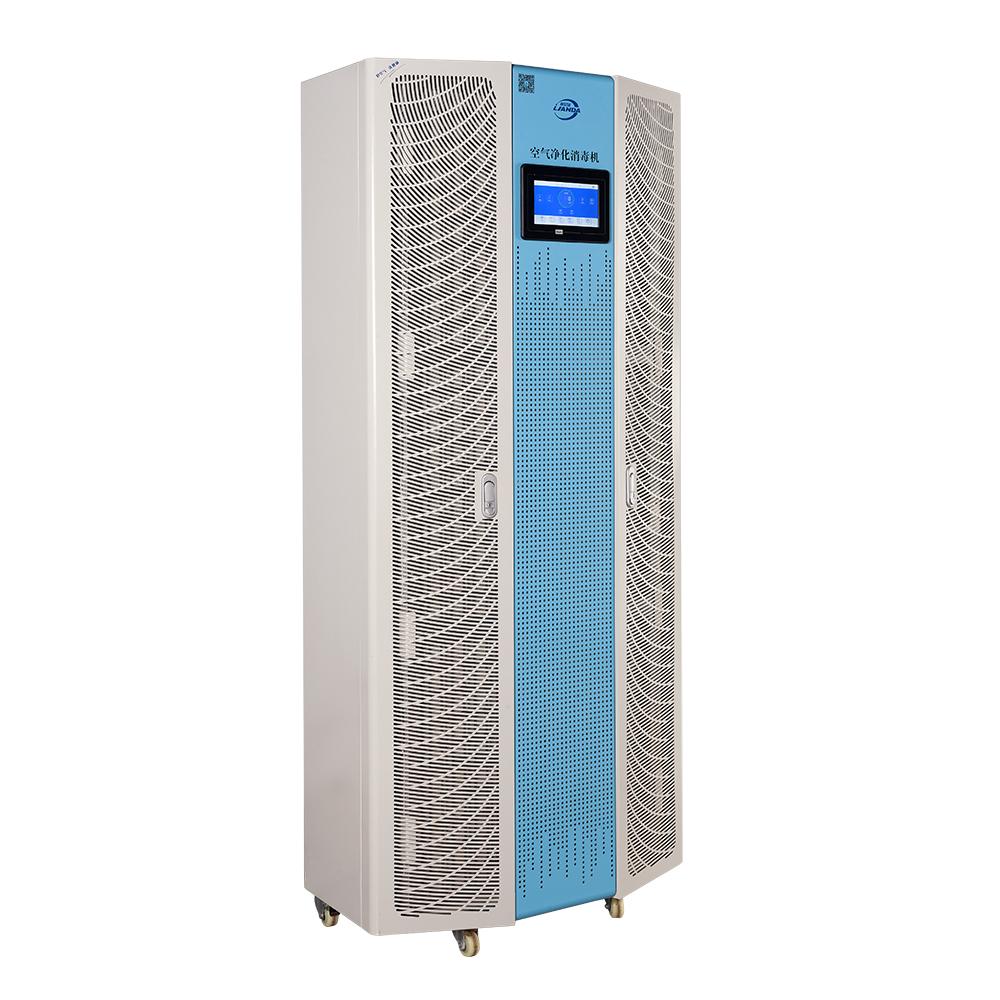What is the Air Handling Unit (AHU)
The air handling unit (AHU) is a vital component of a building's heating, ventilation and air conditioning (HVAC) system. The main function of an AHU is to condition and distribute air to ensure the comfort and air quality of the indoor environment. This article will introduce the basic concepts, working principles, components and applications of air handling units in buildings.
Ⅰ. Basic concepts
The air handling unit is a mechanical device that is responsible for processing and circulating the air inside a building. It usually includes multiple functional modules, such as heating, cooling, filtering, humidification and dehumidification, and can adjust the temperature, humidity, flow and quality of the air according to demand.
Ⅱ. Working principle
The working principle of an air handling unit is relatively simple and is mainly carried out through the following steps:
1. Air intake: AHU inhales fresh air from outside or returned indoor air through a fan.
2. Filtration: The inhaled air first passes through a filter to remove dust, pollen and other pollutants to ensure air quality.
3. Heating and cooling: The air can be temperature-regulated by a heater or a cooler as needed. The heater is usually water or electric heating, while the cooler is achieved through a coolant.
4. Humidification and dehumidification: When necessary, the AHU can also adjust the humidity level of the air. A humidifier can increase the humidity of the air, while a dehumidifier can reduce the humidity.
5. Air distribution: The treated air is sent to the ventilation ducts and each room through the fan to ensure a comfortable indoor environment.
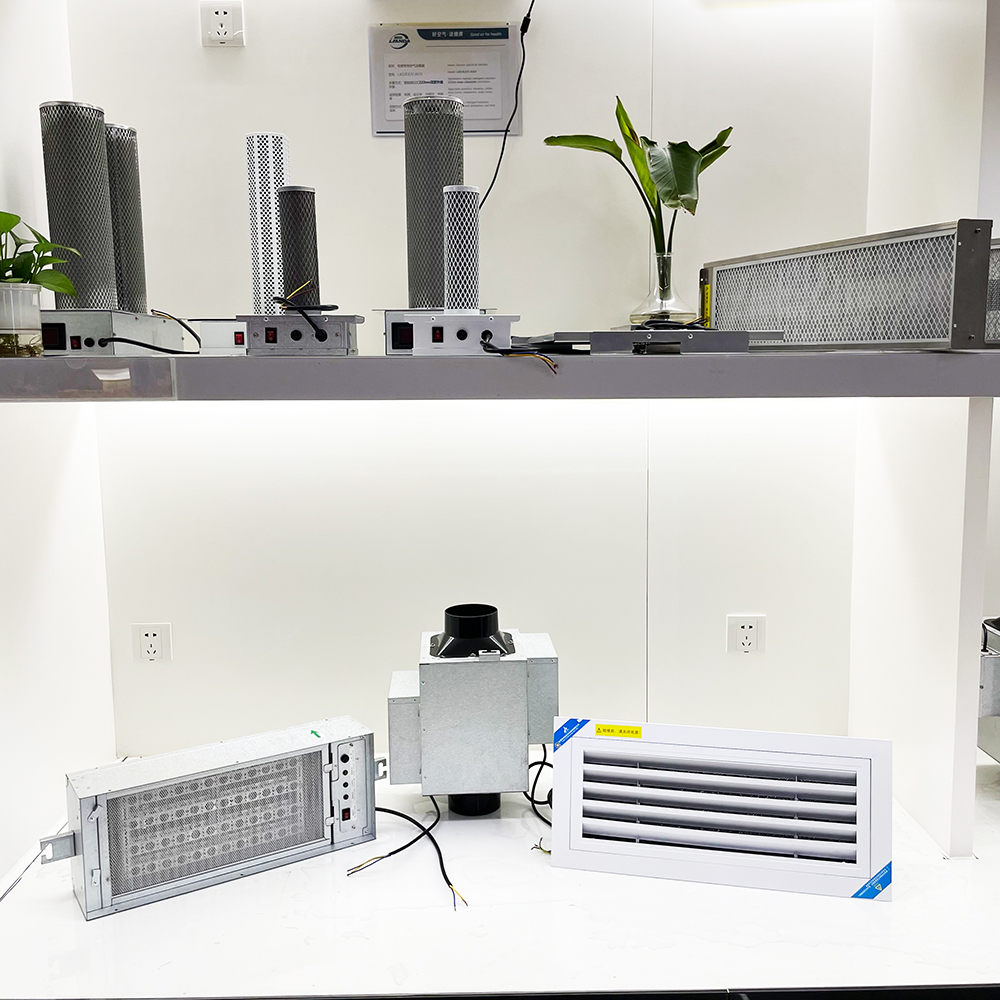
Ⅲ. Components
A typical air handling unit usually consists of the following main components:
1. Fan: responsible for driving the air flow and ensuring that the air circulates in the system.
2. Filter: used to remove suspended particles and pollutants in the air and improve indoor air quality.
3. Heater: heats the air to the required temperature. Commonly used ones are water heaters and electric heaters.
4. Cooler: used to reduce the air temperature, usually connected to the refrigeration system.
5. Humidifier: adds moisture to the air when the air humidity is low.
6. Control system: used to monitor and adjust the various functions of the AHU to ensure that the system runs efficiently and comfortably.
Ⅳ. Application fields
Air handling units are widely used in various buildings and places, including:
1. Commercial buildings: such as office buildings, shopping malls, etc., AHU helps maintain good indoor air quality and comfortable temperature.
2. Industrial facilities: In some production environments where air quality needs to be strictly controlled, AHU plays a key role.
3. Hospitals and laboratories: These places have high requirements for air quality, and AHU can filter and process air to protect the health of patients and staff.
Air handling units are indispensable equipment in modern building HVAC systems. By effectively regulating and processing the air, AHU not only improves indoor comfort, but also ensures the health of the living and working environment. Especially with the development of the times, it is no longer just dust removal and air conditioning, but also can kill viruses and bacteria to protect people's health. With the continuous advancement of science and technology, the design and function of AHU are also constantly improving, and the future will be in a more efficient and environmentally friendly direction.

